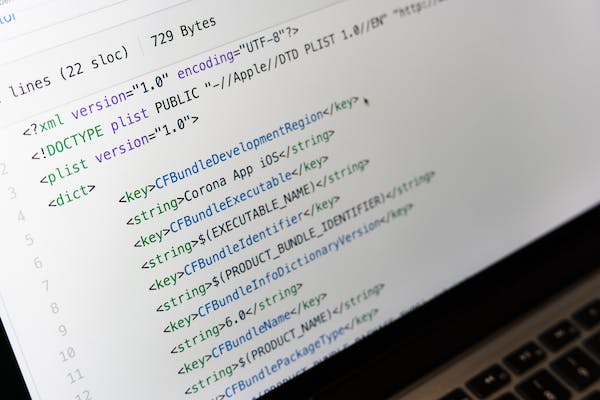Open-source software has become increasingly popular in recent years, with a large number of projects hosted on GitHub. Contributing to open-source projects can help you learn new skills, collaborate with others, and give back to the community. This article will guide you through the process of finding and contributing to open-source projects on GitHub.
Introduction
Open-source software is a type of software that is freely available for anyone to use, modify, and distribute. The term “open source” refers to the fact that the source code of the software is openly available, allowing anyone to contribute to its development. This has led to a large number of open-source projects, hosted on sites like GitHub, that are built and maintained by a community of volunteers. Contributing to open-source projects can be a great way to get involved with the open-source community and build new skills.
Finding Open Source Projects on GitHub
One of the first steps in contributing to open-source projects on GitHub is finding projects that interest you. You can start by browsing the “Trending” and “Explore” sections on GitHub to find popular projects. You can also search for specific keywords or technologies that interest you, such as “JavaScript” or “Machine Learning”.
Once you’ve found some projects that interest you, take a look at the project’s “Issues” section. This is where the project’s maintainers post tasks that need to be done, such as fixing bugs or adding new features. You can also look for projects that have the “Good First Issue” label, which indicates that they are suitable for beginners.
Understanding the Project and its Contributions Guidelines
Before you start contributing to a project, it’s important to understand how the project is organized and what the contribution guidelines are. Each project will have its own contribution guidelines, which should be available in the project’s “README” file. These guidelines will explain how to submit changes, what kind of changes are accepted, and how to communicate with the project’s maintainers.
It’s also important to understand the project’s development workflow. Some projects use a “fork and pull” model, where you create a copy of the project (a “fork”), make changes to your copy, and then submit a “pull request” to the project’s maintainers. Other projects use a “branch and merge” model, where you create a new branch for your changes and then merge the branch into the main project.
Making Your Contributions
Once you have a good understanding of the project and its contribution guidelines, you can start making your contributions. You should always start by creating a “fork” of the project (if the project uses the “fork and pull” model). This will give you your own copy of the project to work on.
Next, create a new branch for your changes. This will make it easier to keep your changes separate from the main project and will allow you to easily revert your changes if necessary.
Make your changes, following the project’s contribution guidelines. Be sure to thoroughly test your changes to make sure they work as expected. When you’re ready, submit a “pull request” to the project’s maintainers, asking them to review and merge your changes.
Communicating with the Project’s Maintainers
It’s important to communicate with the project’s maintainers throughout the contribution process. They will be able to provide feedback on your changes and may ask you to make additional changes or fix any issues before your changes can be merged. Be respectful and professional in your communication, and be open to feedback and suggestions.
Building Your Reputation and Skills
Contributing to open-source projects can help you build your reputation and skills. By making contributions to a project, you are demonstrating your expertise and willingness to collaborate with others. You can also use the contributions you make to showcase your skills to potential employers or clients.
Keeping Up with the Project
Once your changes have been merged into the project, it’s important to keep up with the project’s development. You can do this by regularly checking the project’s “Issues” and “Pull Requests” sections, and by following the project’s development on social media or other platforms. This will help you stay up-to-date with the project, and will give you the opportunity to make additional contributions in the future.
Conclusion
Contributing to open-source projects on GitHub is a rewarding experience that can provide numerous benefits. By finding projects that interest you, understanding the project and its contribution guidelines, making your contributions, communicating with the project’s maintainers, building your reputation and skills, and keeping up with the project’s development, you can become a valuable member of the open source community. So, don’t hesitate to get started and make your mark on the world of open-source software!

